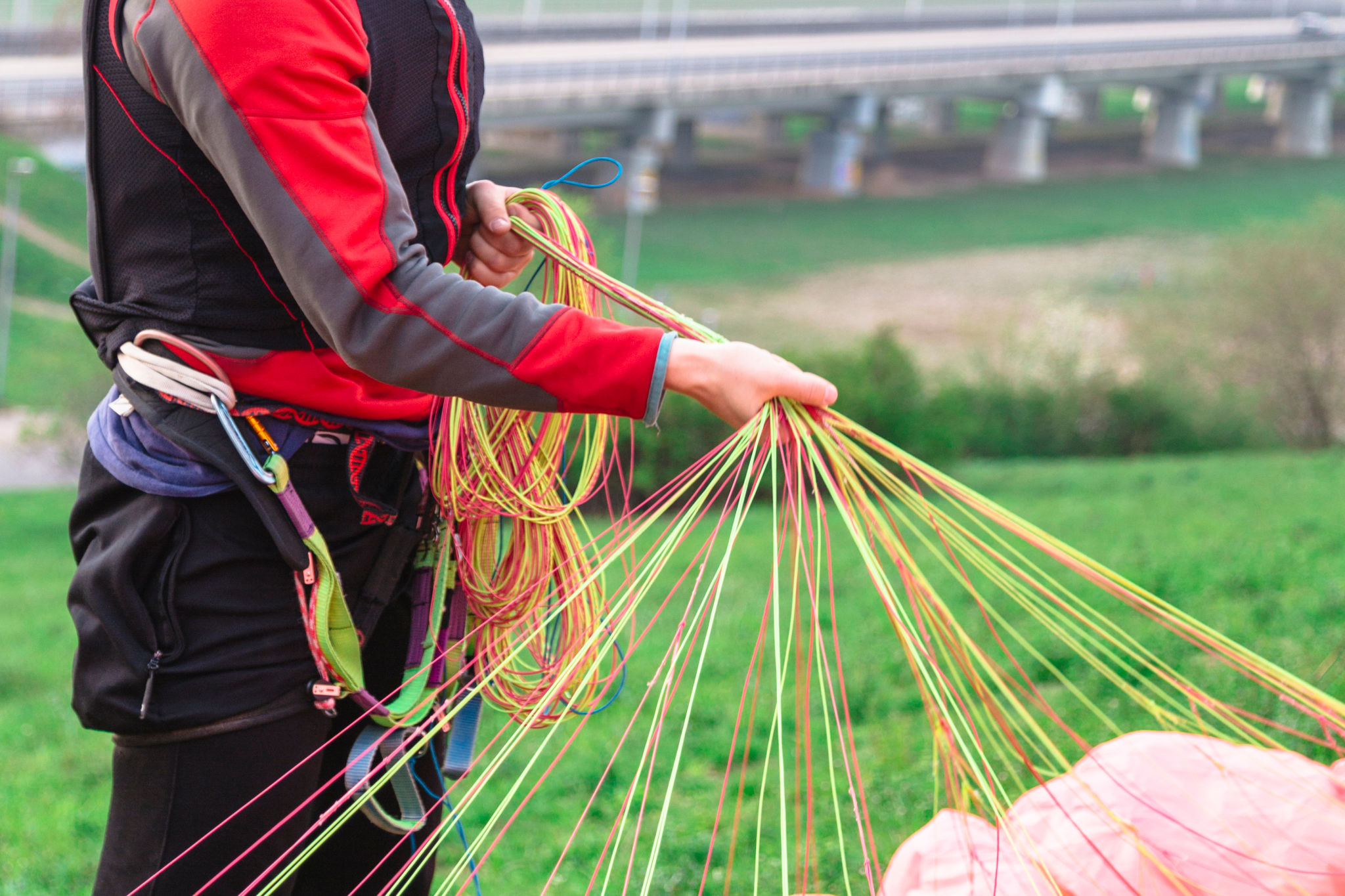Debunking Common Paragliding Myths: What You Really Need to Know
Understanding Paragliding Safety
Paragliding is often perceived as a dangerous and extreme sport. However, with proper training and precautions, it can be a safe and exhilarating experience. The first myth to debunk is that paragliding is inherently risky. In reality, many accidents tend to occur due to inadequate preparation or ignoring safety guidelines.
Before you take to the skies, comprehensive training is essential. Certified instructors teach you to handle equipment and assess weather conditions, which significantly minimizes risk. Safety gear such as helmets, harnesses, and reserve parachutes also play a crucial role in ensuring a secure flight.

Myth: Only for the Young and Fit
Another common misconception is that paragliding is reserved for the young and athletic. While physical fitness helps, the sport is accessible to a wide range of people. Many schools and clubs offer tandem flights, where an experienced pilot takes control, allowing anyone to experience the thrill of flying.
Paragliding is more about technique than strength. Older adults and even children can enjoy the sport within the right conditions and with proper guidance. The key is to listen to your instructor and follow all safety measures.
Weather Conditions and Paragliding
Weather plays a pivotal role in paragliding, and many myths surround the subject. Some believe that paragliding can be done in any weather, which is far from the truth. Ideal conditions include clear skies and moderate winds, which allow for smooth and enjoyable flights.
Instructors are trained to read weather patterns and will cancel flights if conditions are unsafe. It's crucial to trust their judgment and understand that safety always comes first.

Equipment Complexity
The complexity of paragliding equipment can be intimidating for newcomers. However, modern gear is designed to be user-friendly. Wings, harnesses, and lines are engineered with safety and ease of use in mind, making it accessible even for beginners.
Learning to handle the equipment does take time, but with practice and guidance, you’ll find it becomes second nature. Most schools provide equipment, so there's no need to invest in expensive gear right away.

Paragliding and Environmental Impact
Finally, there's a belief that paragliding harms the environment. In fact, it is one of the most eco-friendly aerial sports. Paragliders rely on natural wind currents and thermals, leaving a minimal carbon footprint.
Many paragliding sites are located in areas with stunning natural beauty, and pilots often advocate for conservation efforts to preserve these landscapes. By respecting local ecosystems and following Leave No Trace principles, you can enjoy the sport responsibly.
In conclusion, paragliding is an accessible and safe sport when approached with the right mindset and knowledge. By debunking these myths, you can embark on your paragliding adventure with confidence and excitement.
